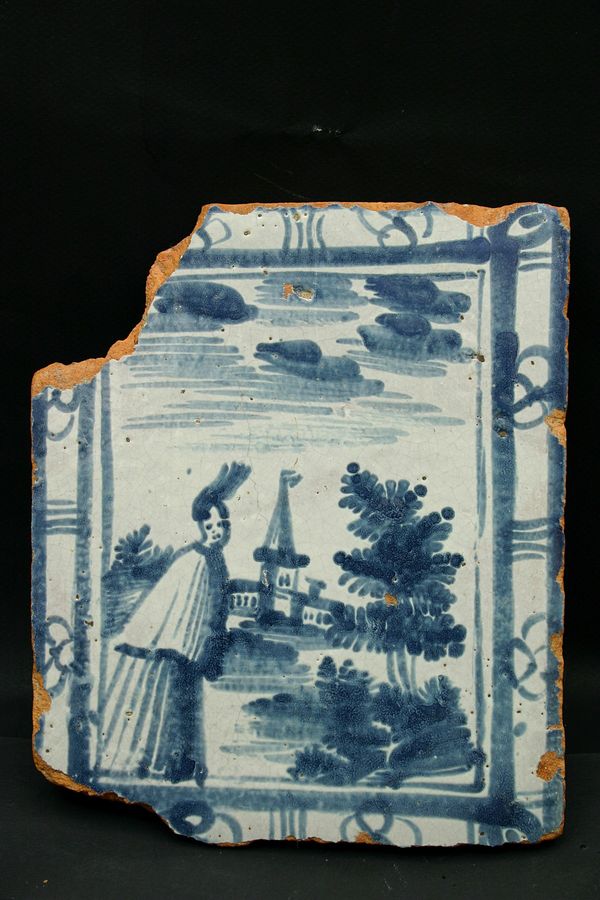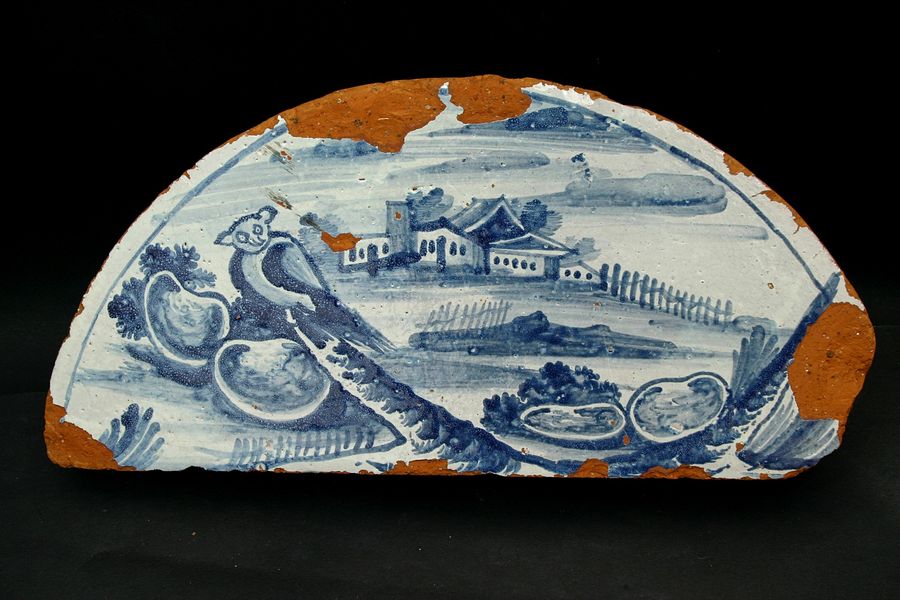Magnificent Stoves in the Narva Stone House
Before the war, nearly every stone house in Narva boasted stunning stoves that resembled architectural masterpieces more than mere heat sources.
These "Baroque" stoves in Narva were either quadrangular or corner units, ranging from simple to complex multi-tiered designs. Adorned with cornices, niches, balusters, and volutes, these stoves were not only functional but also decorative, sometimes serving two rooms simultaneously, highlighting their architectural significance and craftsmanship.
The charm of ancient stoves lay not in their intricate designs but in the magic of their tilework. This period saw a fashion for blue-and-white tiles in Europe, influenced by the popularity of Chinese porcelain during the Age of Discovery. This trend reflects the broader cultural exchanges and aesthetic preferences of the time, bringing a touch of global influence to local European craftsmanship.
Originally, tiles were considered luxury items, with painted tiles being even more expensive. In the affluent homes of Narva, stoves adorned with such tiles were placed in representative rooms, serving as the main decoration and showcasing the wealth and aesthetic preferences of the homeowners.
The 18th-century painted stove tiles from Old Narva homes featured hand-painted narrative scenes in blue on a white background, not just decorative elements but dynamic depictions of people, architecture, and landscapes. For instance, tiles in the legendary Peter's House included images of horsemen, fishermen, and hunters, showcasing the detailed artistry and storytelling captured in these unique architectural features.
The production of this exquisite and durable material in those times was more akin to an art than mere manufacturing. The photographs feature stove tiles from Narva homes, dating from the late 17th to early 18th century, highlighting the craftsmanship and artistic skill that went into their creation.


